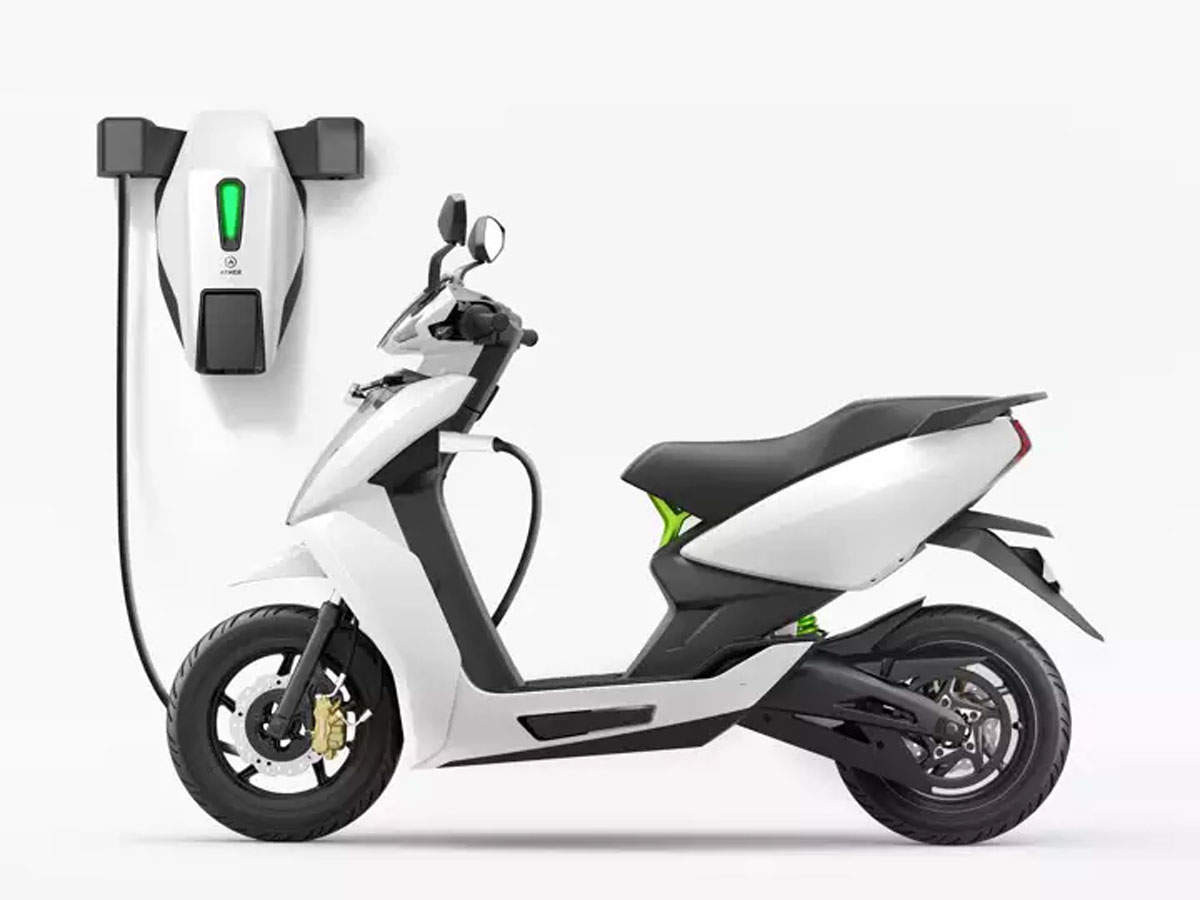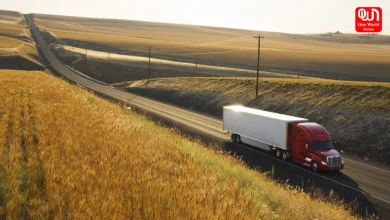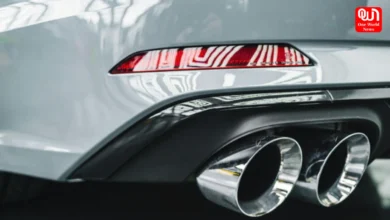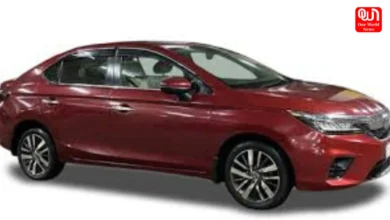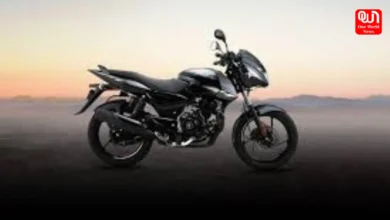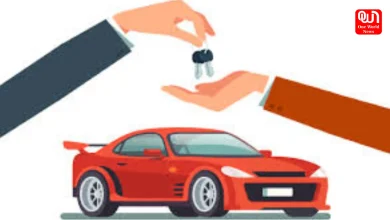India’s Electric Two-Wheel Revolution Outpaces Teslas
Explore how electric scooters are shaping India's EV landscape and outpacing Teslas.
Two-wheel EVs lead the charge in India’s electric vehicle transformation.
There is a movement regarding the electric vehicle (EV) revolution in India that is not limited to four-wheeled cars only. Although there has been huge progress in electric vehicles across most parts of the world, India’s transition towards an e-vehicle is restricted to two-wheelers. India’s shift to sustainable transportation is being driven by electric scooters and motorcycles.

Two-wheel EVs: A Practical Solution
The relationship between India and bikes is no longer secret. Congested roads, limited parking space and people’s preference for affordable means of commute have seen electric scooters and motorcycles welcomed. Hundreds of millions of Indians are served perfectly by these vehicles for their daily commuting requirements.
Affordability and Accessibility

One way that electric two-wheelers are preferred by many individuals is because they are affordable. Several Indian EV vendors provide affordable electric scooters that are affordable to many consumers. Besides, the operational costs of EVs are much lower than that of their gasoline equivalent cars.
read more: Chandigarh Admin Considering Petrol Two-Wheeler Ban Review
Government Support

The Indian government has demonstrated its willingness to drive towards electric mobility. The government is supporting the sector through subsidies, incentives, and policy. The states of India have instituted environmentally friendly policies and also done the development of their infrastructure to promote the uptake of electric two-wheelers.
Homegrown EV Manufacturers

The entrance of multiple indigenous EV makers in India’s electric vehicle industry. Ola Electric, Ather Energy, and Hero Electric are a few companies that have significantly contributed to making Indian-tailored electric scooters. This has seen a number of these manufacturers inject huge amounts into research and development ultimately leading to the production of high-end EVs being designed and produced locally.
Charging Infrastructure

To support the adoption of electric two-wheelers, a robust charging infrastructure is essential. Companies like Ather Energy have taken the lead in setting up charging networks across major Indian cities. These charging stations are strategically located to ensure convenient access for riders, further bolstering the appeal of electric two-wheelers.
Environmental Impact

India’s transportation sector is a significant contributor to air pollution and greenhouse gas emissions. The transition to electric two-wheelers is a significant step toward reducing carbon emissions and improving air quality. EVs produce zero tailpipe emissions, reducing the environmental impact of commuting.
Challenges and Opportunities

While India’s electric two-wheel revolution is promising, it does face challenges. Range anxiety, battery technology, and charging infrastructure expansion are issues that need to be addressed. However, these challenges also present opportunities for innovation and growth in the EV sector.
Forget Teslas, India’s EV revolution is happening on two wheels https://t.co/0quq88NpIO
— The Economist (@TheEconomist) April 25, 2023
read more: Skoda Superb’s Global Debut Unveils Fresh Design and Exciting Features
In Conclusion
India’s electric two-wheel revolution is well underway, and it’s a testament to the country’s commitment to sustainable mobility. While Teslas and electric cars are making their presence felt, it’s the electric scooters and motorcycles that are leading the charge in transforming India’s transportation landscape. With affordability, accessibility, and government support, electric two-wheelers are poised to continue their impressive growth and reduce India’s carbon footprint in the process.
Liked this post?
Register at One World News to never miss out on videos, celeb interviews, and best reads


